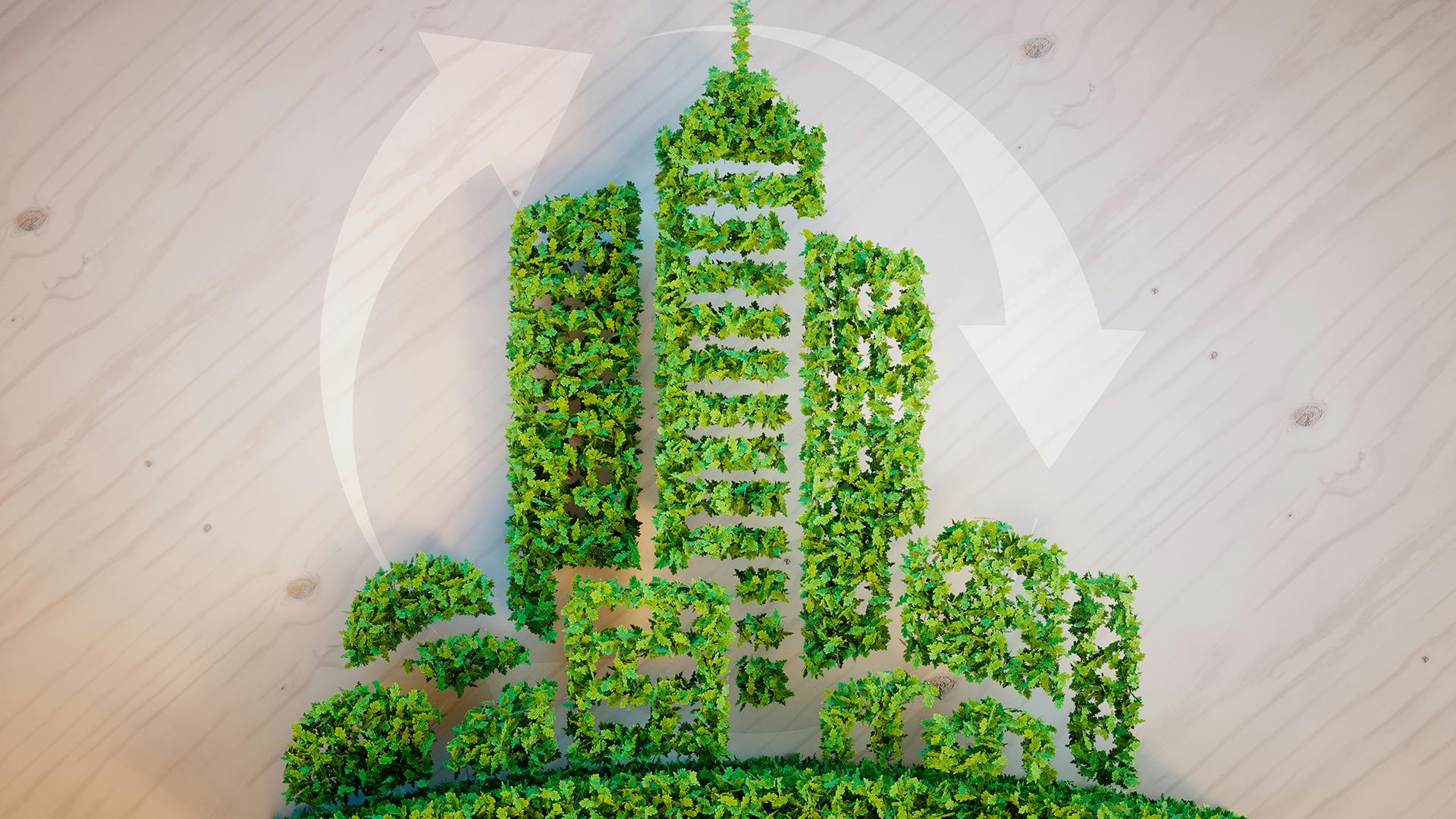Real estate development has long been a driver of economic growth and urban expansion. The increasing awareness of environmental concerns has created a focus on sustainable practices in recent years. As the global community grapples with the challenges of climate change and resource depletion, incorporating green initiatives in real estate development has become crucial.
Several sustainable practices can make a substantial impact on real estate development. These include green building design, thoughtful site selection and land use planning, recycling and reusing materials, and design strategies aimed at reducing construction waste. In upcoming newsletters, we will explore each of these practices in detail. In this article, we will focus on the role of LEED Certification in promoting sustainability.
LEED, developed by the U.S. Green Building Council (USGBC), is a globally recognized rating system for green buildings. It offers a comprehensive framework for designing, constructing, operating, and maintaining environmentally friendly structures. The certification evaluates a building’s environmental performance based on criteria that includes:
- Energy Efficiency: LEED-certified buildings prioritize energy efficiency, resulting in reduced energy consumption and lower greenhouse gas emissions.
- Water Conservation: The certification encourages innovative technologies and practices to conserve water resources, contributing to sustainable water usage.
- Materials Selection: LEED promotes the use of sustainable and locally sourced materials, minimizing the environmental impact associated with extraction, processing, and transportation.
- Waste Reduction: The certification emphasizes waste reduction through recycling and reuse, contributing to a more sustainable construction process.
- Indoor Environmental Quality: LEED focuses on creating healthy and comfortable indoor spaces, considering factors such as air quality, lighting, and thermal comfort.
LEED-certified buildings not only contribute to environmental conservation but also reap several benefits for developers and businesses. Governments are offering incentives and rebates to encourage the construction of green buildings. LEED certification often qualifies buildings for these incentives, further motivating developers and businesses to adopt sustainable practices. LEED certification also serves as a valuable marketing tool, enhancing a building’s marketability and attracting environmentally conscious tenants or buyers.
There are many complexities in the green marketplace. To understand and implement LEED criteria for evaluating buildings, professionals can earn LEED credentials that denote proficiency in sustainable design, construction, and operations standards. Working with a LEED Associate or LEED Advanced Professional(AP) can provide the expertise needed to help facilitate a building’s LEED certification. Since LEED professionals renew their certifications bi-annually through Continuing Education Units, LEED Professionals maintain an awareness of the most recent LEED certification criteria as well as the latest in best industry practices.
Embracing LEED certifications is not just a trend but a fundamental shift towards a more sustainable and responsible approach to building and development. Almost half of all Project Managers at Watchdog have 1 or more LEED credential(s) and can seamlessly augment your staff, leading to a successful LEED-certified project.




